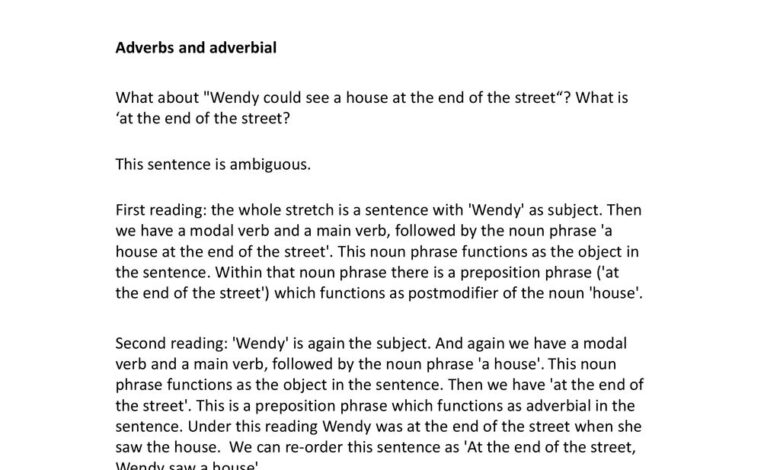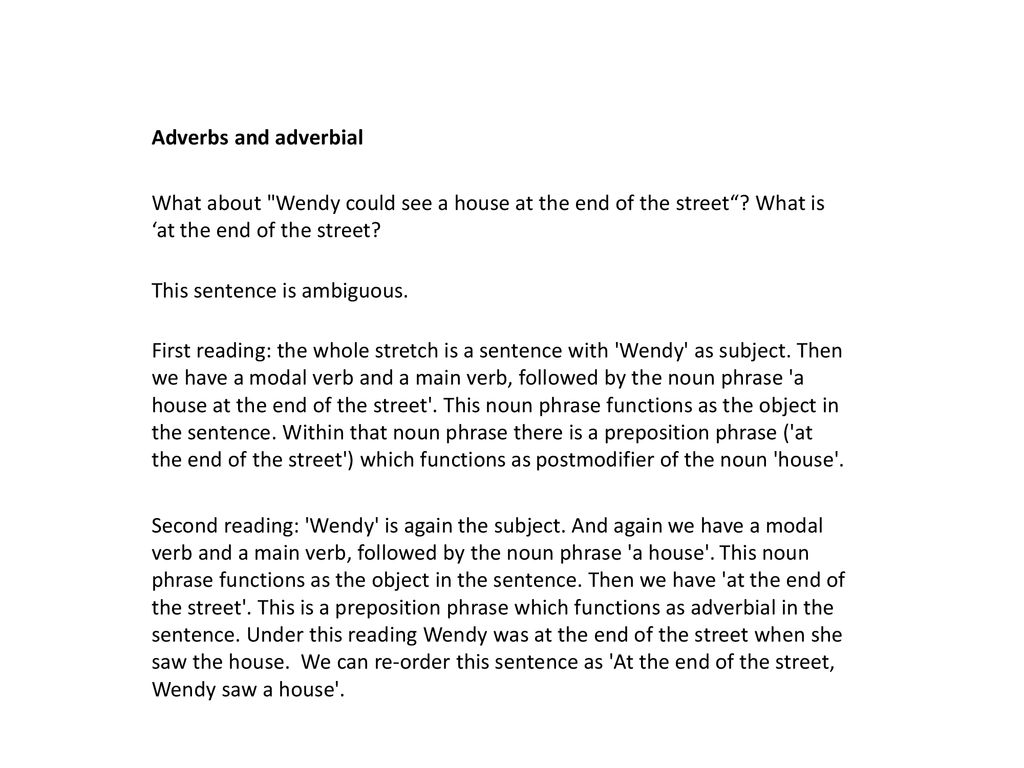
Common Instructor Trainer Cues Decoded: Understanding the Silent Language of Training
Common instructor trainer cues decoded: Have you ever noticed the subtle ways your instructor communicates without saying a word? From a raised eyebrow to a gentle nod, these cues can be powerful tools for conveying information, setting expectations, and fostering a positive learning environment.
This blog post delves into the fascinating world of instructor cues, exploring how they work, what they mean, and how you can use them to enhance your training experience. We’ll unravel the secrets behind these unspoken signals, providing you with a deeper understanding of the dynamics between instructors and trainees.
Understanding Trainer Cues
Trainer cues are essential tools for effective training, acting as signals that guide learners through a lesson, providing feedback, and ensuring smooth transitions. They can be verbal, nonverbal, or visual, each playing a distinct role in facilitating learning.
Types of Trainer Cues
Trainer cues are categorized into three main types: verbal, nonverbal, and visual. Each type serves a unique purpose and influences learning in distinct ways.
- Verbal Cues:These cues are spoken words or phrases that provide instructions, guidance, or feedback to learners. Examples include:
- “Let’s move on to the next activity.”(Transition cue)
- “Great job, you’re getting it!”(Positive reinforcement cue)
- “Can anyone explain this concept in their own words?”(Check for understanding cue)
- Nonverbal Cues:These cues involve actions, gestures, or facial expressions that convey meaning without spoken words. Examples include:
- Nodding your head(Agreement or encouragement cue)
- Raising your eyebrows(Questioning or seeking clarification cue)
- Pointing to a specific area on a whiteboard(Focus attention cue)
- Visual Cues:These cues involve visual aids like slides, diagrams, or demonstrations that enhance understanding and provide visual representations of concepts. Examples include:
- Using a flow chart to illustrate a process(Conceptual understanding cue)
- Displaying a video of a skill being performed(Demonstration cue)
- Projecting a slide with key takeaways(Summary cue)
Table of Trainer Cues
The following table summarizes the different types of cues, their purpose, and examples:
| Cue Type | Purpose | Examples |
|---|---|---|
| Verbal | Provide instructions, guidance, or feedback | “Let’s start with a quick review.””Great work on that exercise!””Can you explain what you’re thinking?” |
| Nonverbal | Convey meaning without spoken words | Nodding your head in agreementSmiling to encourage participationPointing to a specific slide |
| Visual | Enhance understanding and provide visual representations | Using a diagram to explain a conceptShowing a video demonstrationProjecting a slide with key takeaways |
Decoding the Meaning of Cues

Trainer cues are the subtle signals, verbal or non-verbal, that instructors use to guide participants during training sessions. Understanding these cues is crucial for effective learning and engagement. Decoding these cues involves interpreting their meaning, recognizing the context, and considering the trainer’s personality and communication style.
Key Elements for Decoding Cues
Understanding the context in which the cue is delivered is essential for accurate interpretation. Factors like the training topic, the participants’ level of understanding, and the overall learning environment can influence the meaning of a cue. For example, a trainer might use a specific hand gesture to indicate a transition to a new topic, but the meaning of that gesture could be different depending on the context.
Cultural Differences in Cue Interpretation
Cultural differences can significantly impact the interpretation of trainer cues. Different cultures have distinct nonverbal communication styles and may interpret gestures, facial expressions, and even the tone of voice differently. For instance, a nod of the head might signify agreement in one culture but disagreement in another.
Recognizing and respecting these cultural nuances is crucial for effective communication and understanding.
Challenges in Interpreting Cues
Accurately interpreting trainer cues can be challenging due to various factors:
- Individual Differences:Each trainer has their unique communication style, making it difficult to generalize the meaning of cues. Some trainers might be more direct, while others might use subtle cues.
- Environmental Noise:Distractions in the training environment, such as background noise or visual interruptions, can interfere with the reception and interpretation of cues.
- Participant’s Level of Experience:Participants with less experience might struggle to interpret cues effectively, especially in complex training sessions.
Common Trainer Cues and Their Meanings
The following table Artikels common trainer cues, their potential meanings, and factors that influence their interpretation:
| Cue | Potential Meaning | Factors Influencing Interpretation |
|---|---|---|
| Raising an eyebrow | Questioning, seeking clarification, or expressing surprise | Trainer’s personality, the context of the discussion, and the participant’s response |
| Nodding head | Agreement, understanding, or encouragement | Cultural context, the trainer’s expression, and the overall tone of the session |
| Leaning forward | Engagement, interest, or seeking to emphasize a point | The trainer’s posture, the proximity to the participant, and the topic of discussion |
| Using hand gestures | Emphasizing a point, illustrating a concept, or guiding the discussion | The trainer’s communication style, the context of the training, and the participants’ cultural background |
| Pausing or slowing down speech | Allowing time for reflection, emphasizing a point, or prompting a response | The trainer’s communication style, the complexity of the topic, and the participants’ level of understanding |
Responding to Trainer Cues

Responding to trainer cues is a critical skill for any trainee. It demonstrates your attentiveness, understanding, and willingness to learn. It’s not just about passively receiving information; it’s about actively engaging with the training process and making the most of your learning experience.
Understanding common instructor trainer cues is like deciphering a secret language – it’s all about knowing the nuances and how they translate into action. Just like trying to figure out if do cold showers offer legit health benefits , you have to dig deeper to see the real value.
Ultimately, both instructor cues and cold showers are tools – it’s about using them effectively to achieve your goals.
Active Listening and Observation
Active listening and observation are fundamental to responding effectively to trainer cues. It’s about paying close attention to what the trainer is saying and doing, both verbally and non-verbally.
- Focus on the Trainer’s Words:Pay close attention to the trainer’s vocabulary, tone, and emphasis. These can provide clues about the importance of certain information or the desired response. For example, a trainer might say, “This is crucial for your success,” indicating the importance of understanding the concept being discussed.
- Observe Body Language:Non-verbal cues, such as eye contact, facial expressions, and hand gestures, can provide further insight into the trainer’s message. For example, a trainer might raise their eyebrows or use a questioning tone when asking a question, indicating that they expect a response.
- Note Down Key Points:Taking notes can help you recall information and identify important cues. It also shows the trainer that you are actively engaged in the learning process.
Strategies for Responding to Cues
Responding to trainer cues effectively involves a combination of attentiveness, promptness, and professionalism. Here are some effective strategies:
- Ask Clarifying Questions:If you are unsure about a cue, don’t hesitate to ask for clarification. It’s better to ask for clarification than to misunderstand the instruction.
- Respond Promptly:Respond to cues in a timely manner. This shows that you are engaged and ready to learn.
- Be Respectful:Use polite language and maintain a professional demeanor when responding to cues. This demonstrates your respect for the trainer and the learning environment.
- Provide Specific and Concise Responses:When responding to cues, be specific and concise. Avoid rambling or providing irrelevant information.
Consequences of Misinterpreting or Ignoring Cues
Misinterpreting or ignoring trainer cues can have several negative consequences:
- Missed Learning Opportunities:If you misunderstand a cue, you might miss out on important information or skills.
- Negative Impact on Training Progress:Misinterpreting cues can lead to confusion and slow down your learning progress.
- Damage to Trainer-Trainee Relationship:Ignoring cues can be perceived as disrespect and can damage your relationship with the trainer.
Flowchart for Responding to Trainer Cues
Here’s a flowchart that illustrates the process of responding to trainer cues:
[Image of a flowchart depicting the process of responding to trainer cues. The flowchart could include steps like:
- Pay attention to the trainer’s cues.
- Understand the cue.
- Respond appropriately.
- Seek clarification if needed.
- Observe the trainer’s feedback.
- Adjust your understanding or response based on feedback.]
Cues for Effective Training
Trainer cues are the verbal and non-verbal signals that instructors use to guide, motivate, and provide feedback to trainees. These cues are essential for effective training, as they help to create a positive learning environment and ensure that trainees are engaged and progressing towards their goals.
Motivational Cues
Motivational cues are used to inspire and encourage trainees. These cues can be delivered verbally or non-verbally.
- Positive reinforcement: Praise, encouragement, and recognition for achievements can boost trainees’ confidence and motivation. Examples include: “Great job, you’re getting the hang of it!” or “I’m impressed with your progress.”
- Challenge and competition: Setting challenges and fostering friendly competition can motivate trainees to strive for improvement.
Decoding common instructor trainer cues can feel like learning a whole new language, but it’s all about understanding the body’s mechanics. For example, when they say “engage your core” or “root down through your feet,” they’re encouraging a strong foundation for deeper stretches.
And that’s where knowing the right poses comes in. A great place to start is with yoga stretches for healthy hips , like the five poses featured in this article. These poses can help you build strength and flexibility in your hips, making it easier to engage your core and feel the benefits of your yoga practice.
Examples include: “Let’s see who can complete this task the fastest!” or “Can you try to beat your previous score?”
- Humor: Using appropriate humor can lighten the mood and make learning more enjoyable. Examples include: “I know this might seem confusing, but trust me, it’s actually quite simple!” or “Remember, it’s not about being perfect, it’s about learning.”
Engagement Cues
Engagement cues are used to keep trainees actively involved in the learning process.
You know those common trainer cues like “squeeze your glutes” or “engage your core”? They’re not just random phrases – they’re actually guiding you to activate specific muscles for better form and results. If you’re just starting out, a good place to get familiar with proper technique is with a beginner’s guide to strength training, like this one beginners guide strength training.
Understanding the cues will help you unlock the power of these exercises and make your workouts more effective.
- Asking questions: Asking open-ended questions encourages trainees to think critically and apply what they’ve learned. Examples include: “What are your thoughts on this technique?” or “Can you explain this concept in your own words?”
- Interactive activities: Incorporating interactive activities, such as group discussions, role-playing, and hands-on exercises, can make learning more engaging and memorable.
Examples include: “Let’s break into groups and brainstorm solutions to this problem.” or “Now, let’s practice what we’ve learned by completing this simulation.”
- Visual aids: Using visual aids, such as presentations, videos, and diagrams, can help trainees to understand complex concepts and retain information more effectively.
Examples include: “Here’s a diagram that illustrates the process.” or “Let’s watch this video to see how this technique is applied in real-world scenarios.”
Guidance Cues, Common instructor trainer cues decoded
Guidance cues are used to direct trainees’ learning and provide clear instructions.
- Clear instructions: Providing clear and concise instructions helps trainees to understand what is expected of them. Examples include: “For this exercise, you will need to…” or “Please follow these steps carefully.”
- Demonstrations: Demonstrating techniques or skills allows trainees to see how they should be performed.
Examples include: “Let me show you how to do this correctly.” or “Here’s an example of what we’re aiming for.”
- Step-by-step guidance: Breaking down complex tasks into smaller, manageable steps can help trainees to learn more effectively. Examples include: “First, we will…” or “Then, we will…”
Feedback Cues
Feedback cues are used to provide trainees with constructive criticism and support.
- Specific feedback: Providing specific feedback helps trainees to understand what they are doing well and what they need to improve on. Examples include: “You did a great job of…” or “You could improve on…”
- Positive and constructive: Feedback should be delivered in a positive and constructive manner, focusing on areas for improvement rather than simply pointing out mistakes.
Examples include: “That was a good attempt, but you could try…” or “I see you’re working hard, and you’re making good progress.”
- Individualized feedback: Tailoring feedback to the individual needs of each trainee ensures that they receive the most relevant and helpful guidance.
Examples include: “You seem to be struggling with this concept, so let’s go over it again.” or “You’re doing great with this skill, so let’s move on to the next one.”
Table of Cues and Their Impact
| Cue | Impact on Learning |
|---|---|
| Positive reinforcement | Increases motivation, confidence, and engagement. |
| Challenge and competition | Motivates trainees to strive for improvement and fosters a sense of accomplishment. |
| Humor | Creates a positive learning environment and makes learning more enjoyable. |
| Asking questions | Encourages critical thinking, active listening, and application of knowledge. |
| Interactive activities | Increases engagement, promotes collaboration, and enhances learning retention. |
| Visual aids | Improves understanding, enhances memory, and makes learning more engaging. |
| Clear instructions | Reduces confusion, promotes efficiency, and ensures trainees are on the right track. |
| Demonstrations | Provides visual guidance, enhances understanding, and clarifies expectations. |
| Step-by-step guidance | Breaks down complex tasks, reduces anxiety, and promotes gradual learning. |
| Specific feedback | Provides clarity, identifies areas for improvement, and promotes self-reflection. |
| Positive and constructive feedback | Maintains motivation, fosters a growth mindset, and encourages improvement. |
| Individualized feedback | Addresses specific needs, provides targeted guidance, and enhances learning outcomes. |
The Role of Cues in Building Relationships: Common Instructor Trainer Cues Decoded
Cues, those seemingly small signals exchanged during training, play a surprisingly significant role in building strong relationships between ORs (Officer Recruits) and trainees. These cues, both verbal and non-verbal, can be instrumental in establishing rapport, fostering trust, and creating a positive learning environment.
Establishing Rapport and Trust
Effective communication, marked by active listening and clear feedback, forms the foundation of a strong OR-trainee relationship. Cues can be powerful tools in this process.
- Eye Contact:Maintaining consistent eye contact conveys attentiveness and respect, demonstrating genuine interest in the trainee’s progress. This simple act can build a sense of connection and trust.
- Body Language:Open postures, like uncrossing arms and leaning slightly forward, signal receptiveness and engagement. Conversely, closed postures can convey disinterest or a lack of understanding.
- Active Listening:Responding with cues like “I see,” “Go on,” or “Tell me more” encourages trainees to elaborate and feel heard. This active engagement demonstrates empathy and encourages open communication.
Demonstrating Empathy and Understanding
Empathy, the ability to understand and share the feelings of others, is crucial in fostering positive learning environments. Cues can be powerful tools for demonstrating empathy.
- Acknowledging Emotions:Recognizing and acknowledging trainees’ feelings, even if they are expressed indirectly, shows understanding. Phrases like “That must be frustrating,” or “I understand you’re feeling overwhelmed” can validate their emotions and create a safe space for expression.
- Mirroring Language:Using similar language or tone as the trainee can create a sense of connection and understanding. This subtle mirroring technique helps build rapport and encourages open communication.
- Positive Reinforcement:Encouraging words and gestures, such as a nod, a smile, or a simple “Good job,” can boost trainees’ confidence and motivation. This positive reinforcement fosters a sense of accomplishment and strengthens the OR-trainee bond.
Creating a Positive and Supportive Learning Environment
Cues can be used to create a positive and supportive learning environment that encourages active participation and promotes a sense of community.
- Encouraging Questions:Inviting questions and actively responding to them demonstrates a willingness to help and clarifies any misunderstandings. This open communication fosters a sense of trust and encourages trainees to actively engage in the learning process.
- Celebrating Successes:Acknowledging and celebrating trainees’ successes, no matter how small, reinforces their efforts and encourages continued progress. This positive reinforcement builds confidence and creates a supportive environment.
- Humor:Using appropriate humor can lighten the mood and create a more relaxed learning environment. However, it’s crucial to be mindful of the context and ensure that humor is inclusive and respectful.
Guidelines for Using Cues to Foster Positive Relationships
- Be Authentic:The most effective cues are genuine and come from a place of genuine interest and concern for the trainees. Avoid forced or insincere gestures.
- Read the Room:Pay attention to the trainees’ nonverbal cues and adjust your own communication accordingly. What works for one trainee may not be effective for another.
- Be Consistent:Use cues consistently throughout the training program to establish a pattern of communication and build trust.
- Seek Feedback:Ask trainees for feedback on your communication style and make adjustments as needed. This open dialogue helps ensure that your cues are received positively and effectively.
Final Summary
By mastering the art of decoding instructor cues, you can unlock a new level of understanding and engagement in your training. From recognizing the subtle nuances of nonverbal communication to interpreting the unspoken messages behind every interaction, you’ll be equipped to navigate the learning process with confidence and clarity.
Remember, the key lies in active listening, attentive observation, and a willingness to embrace the unspoken language of training.

